In June, we reached the annual period of brutal heat and dryness in Prescott, with temperatures frequently reaching the low to mid 90s. It’s not Phoenix-level sweltering, but it’s not comfortable. Creeks where water flowed all spring have dried up, green grasses have desiccated to brown. But the heat brings much to delight in, too – constant lizard activity on every rocky surface, gaudy cactus blooms, and an onslaught of butterflies, bees, and hummingbirds.
However, just days ago we received some unusually early monsoon storms which flooded the streets and briefly replenished the creeks with torrential flows. Everyone welcome the respite from the dry heat, and it’s caused some early mushroom fruitings in several of our state’s mountain ranges. But these flukey rains during a typically bone-dry month are not without their harms — a local lavender farmer had part of his flower crop ruined by them. The rains beat many of the delicate desert willow flowers off of the trees in front of my workplace before they could turn to fruit. The plants and animals were just as caught off guard as we were — as I discussed in On Phenology, an early spout of rain may trick organisms into thinking its later in the year than it is, and kickstart biological processes that will fail due to the drought conditions that will most likely continue for another month. Early monsoons are not all sunshine and rainbows, though I saw one as I got drenched during an early evening bird walk which gave way to a rain shower.
Undoubtedly the greatest experience I had this month was going on my first ever river rafting trip down the San Juan in southern Utah. We floated a leisurely 27 miles in three days, stopping at petroglyph panels and Indigenous ruins on our journey from Sand Island Campground to Mexican Hat. The heat and sun were staggering at times, but it helped that the refreshing water was never far, usually within arms reach. We began our journey surrounded by Navajo Sandstone formations that were 170 million years old and ended our trip coming out of a canyon whose red Honaker Trail Formation walls were more than 300 million years old. Along the way we saw families of bighorn sheep, an otter eating a huge fish, a pair of stunningly vibrant collared lizards, ruby-red summer tanagers, the most beautiful gophersnake ever, and so much more amazing wildlife. It was magnificent being in such a gorgeous place in a group of people so knowledgeable and passionate about geology, archaeology, and natural history.
I took a lot of footage and interviewed participants on the trip, which I compiled into a 10 minute Youtube video for the Natural History Institute Youtube channel. Give it a watch for a more in-depth recap of the trip and some breathtaking shots of the landscapes and wildlife, which my words cannot do justice.
Also high on my list of great experiences this June was visiting the Phoenix Herpetological Sanctuary, a reptile rescue in North Scottsdale which is the largest one in the U.S.! They have over 1700 animals in their care, over 500 of which are tortoises, ranging from palm-sized babies to adult Galapagos tortoises weighing several hundred pounds. We began the tour by feeding strawberries to literal herds of tortoises, which were so friendly and adorable. This adult Aldabra tortoise happily posed for a picture with me. We met dozens of huge iguanas, monitors, and other large lizards, and spent time in the venomous snake house where they house over 150 species of venomous snakes from around the world, including black and green mambas, cobras, copperheads, and every kind of rattlesnake you can imagine. It’s insane to know that all of these animals were once someone’s pet! Next we passed through their crocodilian area where they have dozens of massive crocodiles, alligators, and caymans. We finished the tour in a warehouse with all their program animals, where I got to hold a beautiful kingsnake and a blue-tongue skink.
Lastly in highlights, I cooked with some foraged berries for the first time thanks to the help of my friend Nat at Prescott College, who is a brilliant pastry chef and student of sustainable food systems. Nat showed me where we could gather wax currant, golden currant, and fragrant sumac on campus. Together we turned the currants into a delicious berry crumble, and the super tart sumac we soaked, strained, and sweetened to make a lemonade syrup. It was such a gratifying experience to gather and cook with wild foods – I look forward to experimenting with prickly pear fruits, pinyon nuts, mulberries, and more foraged goods later in the summer and fall.
Increasingly my interest in books and in birds are merging, as I seem to only be reading books about birds. Earlier this month I wrote about Jon Young’s very practical framework for understanding bird language in his book What the Robin Knows, which has continued to clue me in to unexpected sightings – for the first time I saw a swallow chased down out of the sky by a Cooper’s hawk! – and generally helped me feel much more connected to the birds and wildlife around me. I just finished another incredible bird book, Crow Planet: Essential Wisdom from the Urban Wilderness (2007) by Lyanda Lynn Haupt, and I’d like to spend the rest of this newsletter reflecting on that read.
Funny enough, although crows seem to be everywhere, they are a rather rare sighting in Prescott. I’ve yet to find one out here. Our exceedingly common big black birds are ravens, who are the larger, beefier cousins of crows, with thicker bills and a deeper croaking call. Ravens are more solitary and more suited to environmental extremes than crows, thriving in the our North American deserts and the Canadian tundra alike.
But enough about my familiar corvids. Crow Planet was a chance find from the natural history section at my local library. I picked it up hoping to learn more about the natural history of crows and how this has allowed them to flourish in urban environments. I learned a lot about that and so, so much more.
This book is a deeply-felt memoir of recovering one’s sense of self through a naturalist practice and an inspiring guide to taking part in the naturalist tradition even as a city dweller who feels distant from nature. The author fell into a depressive state after she reluctantly moved to metropolitan Seattle with her husband to raise their family and felt estranged from her bucolic upbringing and outdoorsy nature. She overcame this not by moving back to the countryside, closer to capital N Nature, but by teaching herself to see all that is wild in the concrete jungle. Crows became one of her subjects of greatest fascination – they are part of the Corvid family of birds which includes ravens, magpies, and jays, and every year researchers design more and more experiments that prove these birds are exceedingly intelligent. Crows have a language whose complexities we may never fully understand; they play alone and with each other; they covet and collect trinkets and shiny, useless objects; they act not just out of concern for their own safety, but out of genuine mourning when they find the corpse of a fellow crow, especially one that they knew; and they are known to give extra attention and help to injured and weak fellow crows, rather than letting survival-of-the-fittest run its course. Such sensitive, empathetic creatures are among the most intelligent animal life we know of, yet they can be hunted legally all throughout the country and are often relentlessly killed and scorned because they are perceived as a nuisance.
Many spaces in cities do not look anything like the great outdoors, yet every corner is inhabited by native wildlife which urban dwellers may closely encounter every single day – crows, raccoons, rats, spiders, and the like. Although these urban specialists are often regarded with derision, as pests, as dirty creatures, they are just trying to eke out a living in the city like people are. We stand to learn a lot from these highly adaptable species – crow populations have flourished at roughly the same pace as human populations have in the last few centuries.
While I’m fortunate to live in a relatively small town with lots of picturesque wild spaces in and around it, Haupt’s call to treat all land as grounds for a naturalist practice resonates with me deeply, because many of my most exciting experiences observing wildlife happen right on my little back patio, not out in the wilderness. Carefully watching what is happening right at home is often just as, if not more, revelatory than going to some remote scenic place to observe the natural world. This also assuages my fears about life one day pushing me away from Prescott and into some other place with a lot fewer hiking trails and protected spaces, or God forbid a big city – I know that by putting on my naturalist goggles, even in New York City, there will be birds and bugs and moss and fungi to observe, to ask questions about, and these creatures can infuse my daily life with wildness. For any separation we feel from nature when we are in the human-built environment is an illusion – we evolved in nature, we continue to do so, and to the Earth we will all one day return.
This book is both a roadmap to appreciating the wild inhabitants of our ecologically disrupted and diminished urban landscapes, and a plea to change our ways so that we do not create a world in which crows are the only birds that can survive alongside of us. I think we have to be able to do both to fight the climate crisis sanely – we have to love what we have deeply, even if it is only a flock of wiley crows, in order to live our way into a future of ecological abundance, not paucity. We have to recognize that our actions reverberate through the web of life, through the network of wild creatures, whether we are in the middle of downtown Atlanta or in a grassland several hours from a Walmart.
This is all to say that Crow Planet not only filled me with new crow facts and insights – it spoke to my spiritual connection with the naturalist practice and filled me with hope that I can sustain it no matter what my surroundings look like in 10, 20, 50 years. I was delighted to find out that Lyanda Lynn Haupt has written many other books on a variety of avian and ecological topics, which I look forward to reading as well.
That’s all, my friends. By the time you receive this dispatch, I’ll be in Vancouver, Canada for the first time, with my dear friend Laura, a lifelong resident of the city, as my guide. I look forward to encountering many new birds of more northerly and seaward breeding grounds, enjoying all the beautiful parks and gardens and the mild temperatures, and sharing many delicious meals.
What was your nature highlight this June? And what relationship do you have, if any, with the crows in your area? Let me know in the comments. And as always, thanks for keeping an eye on things with me.





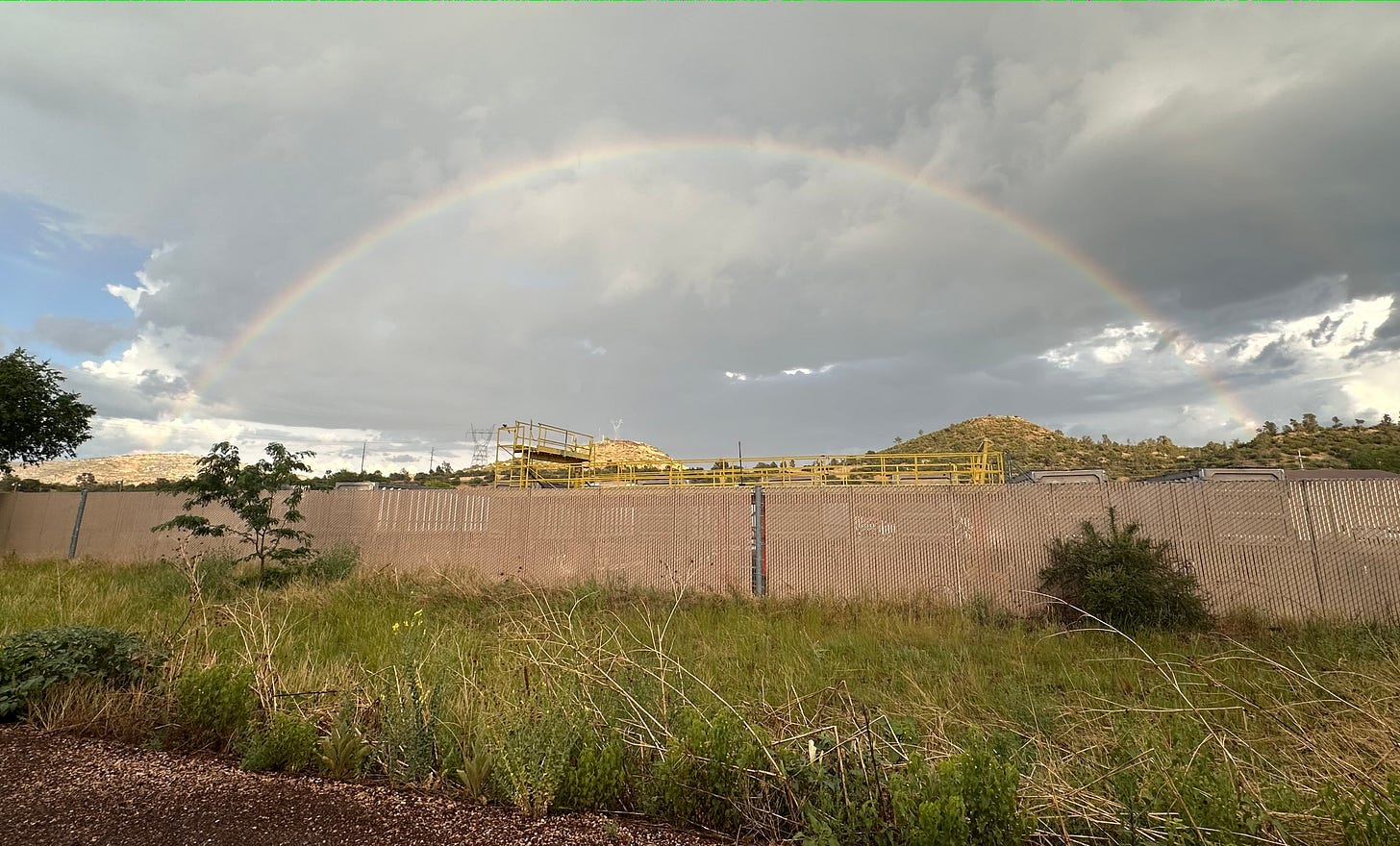
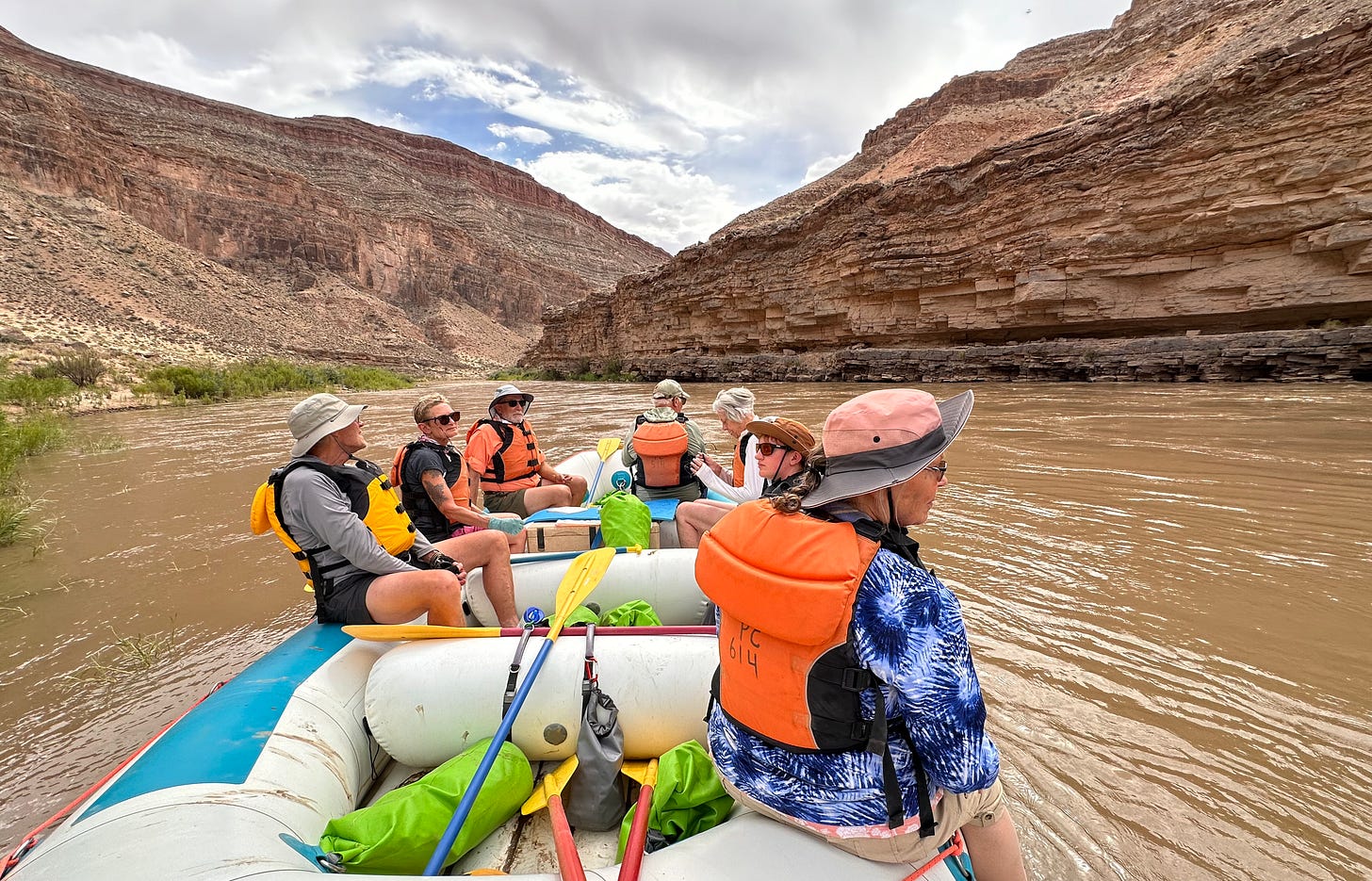
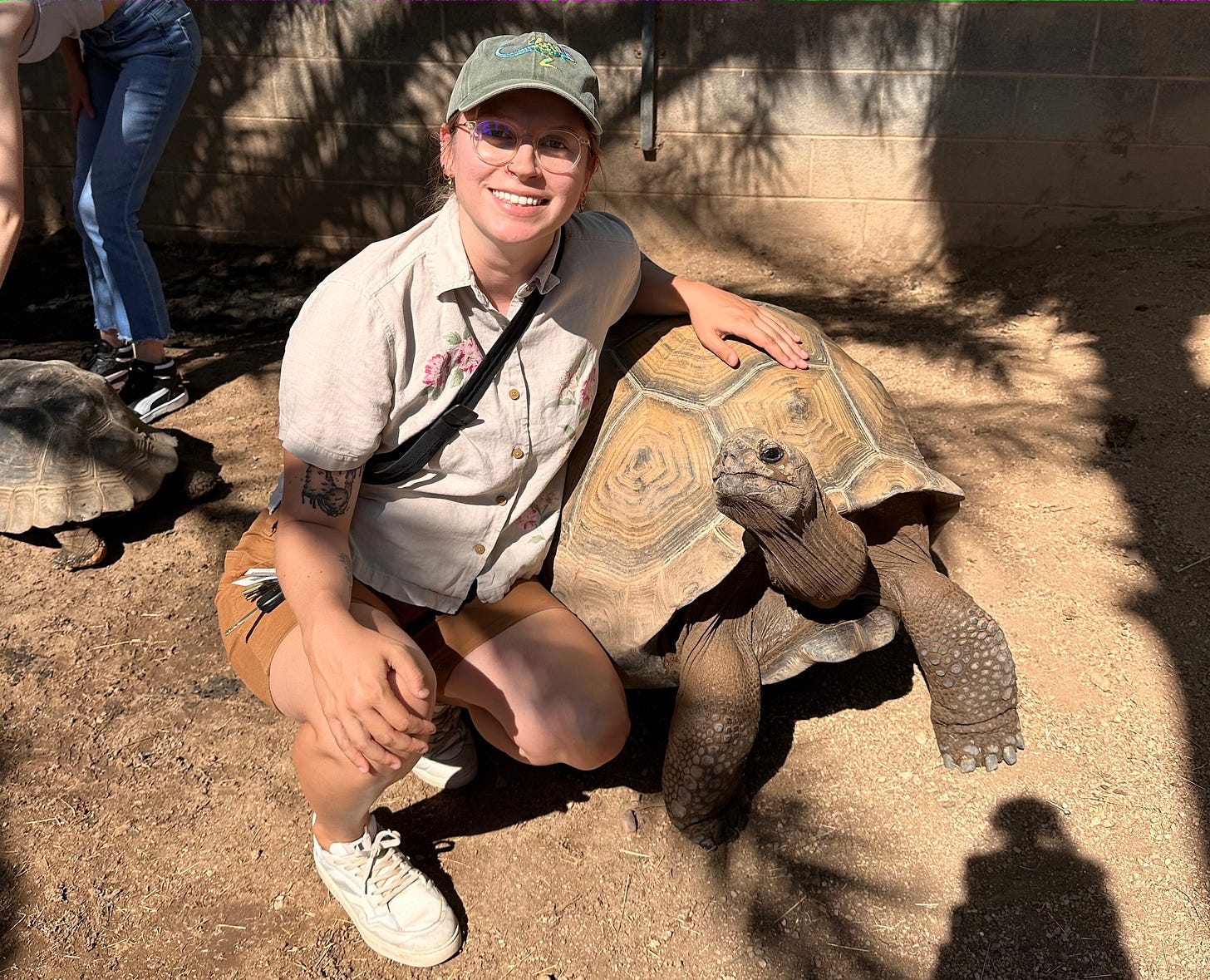

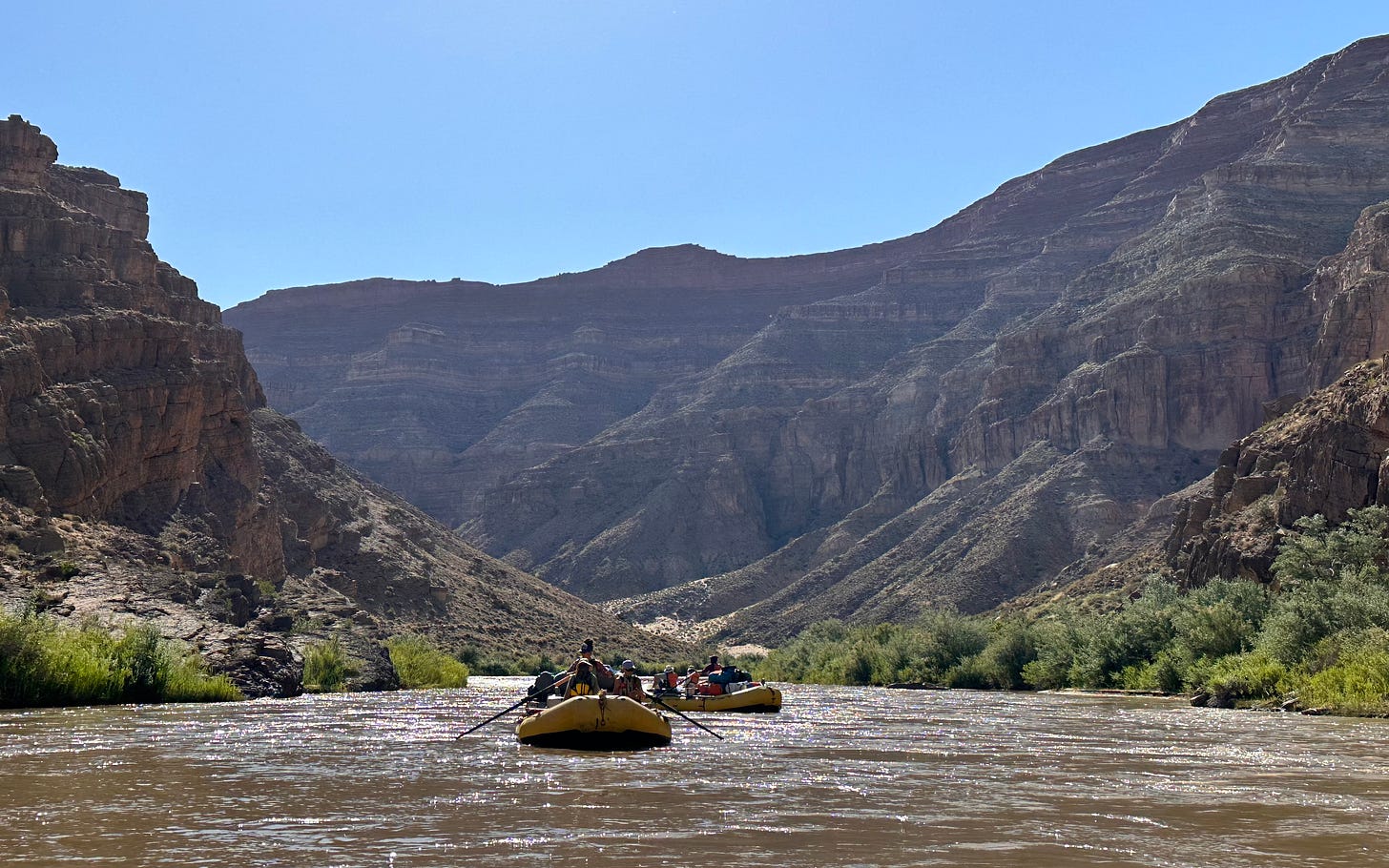
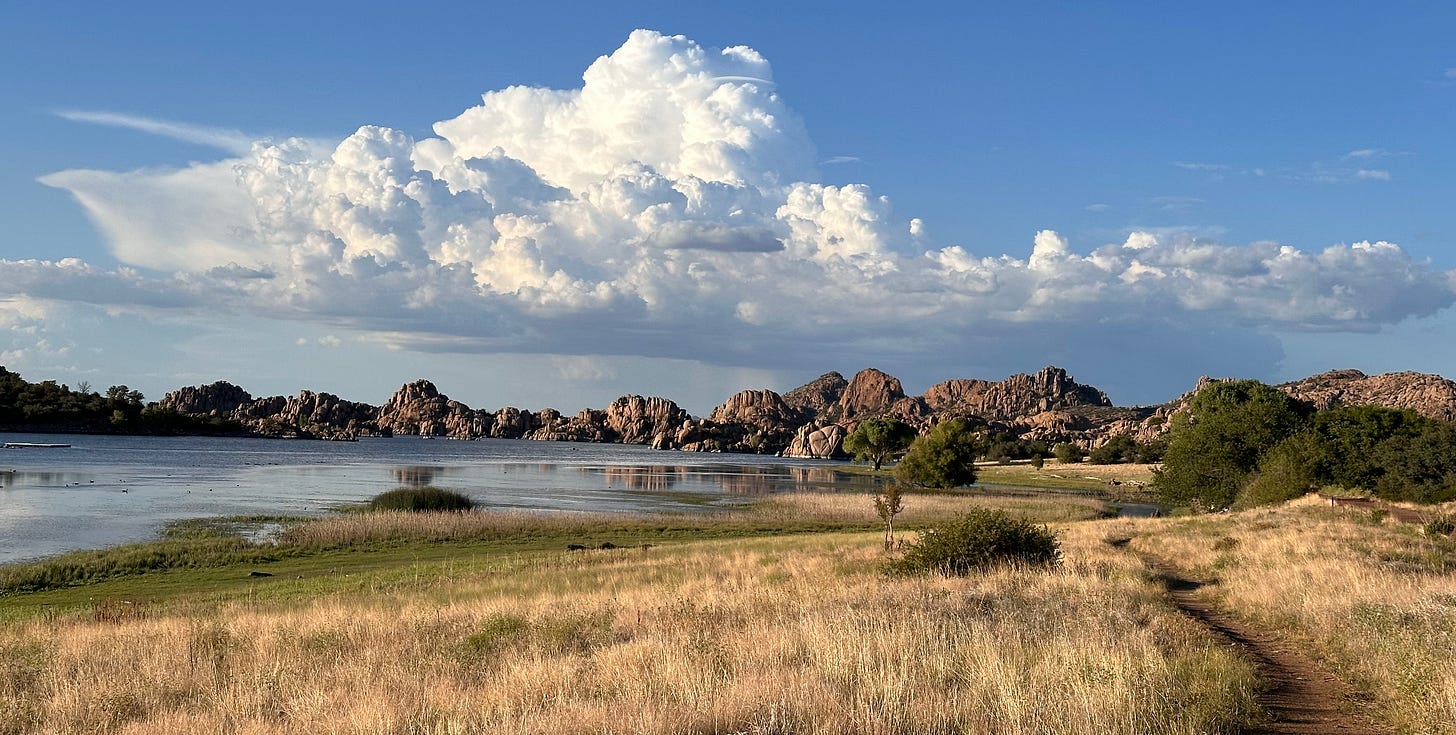
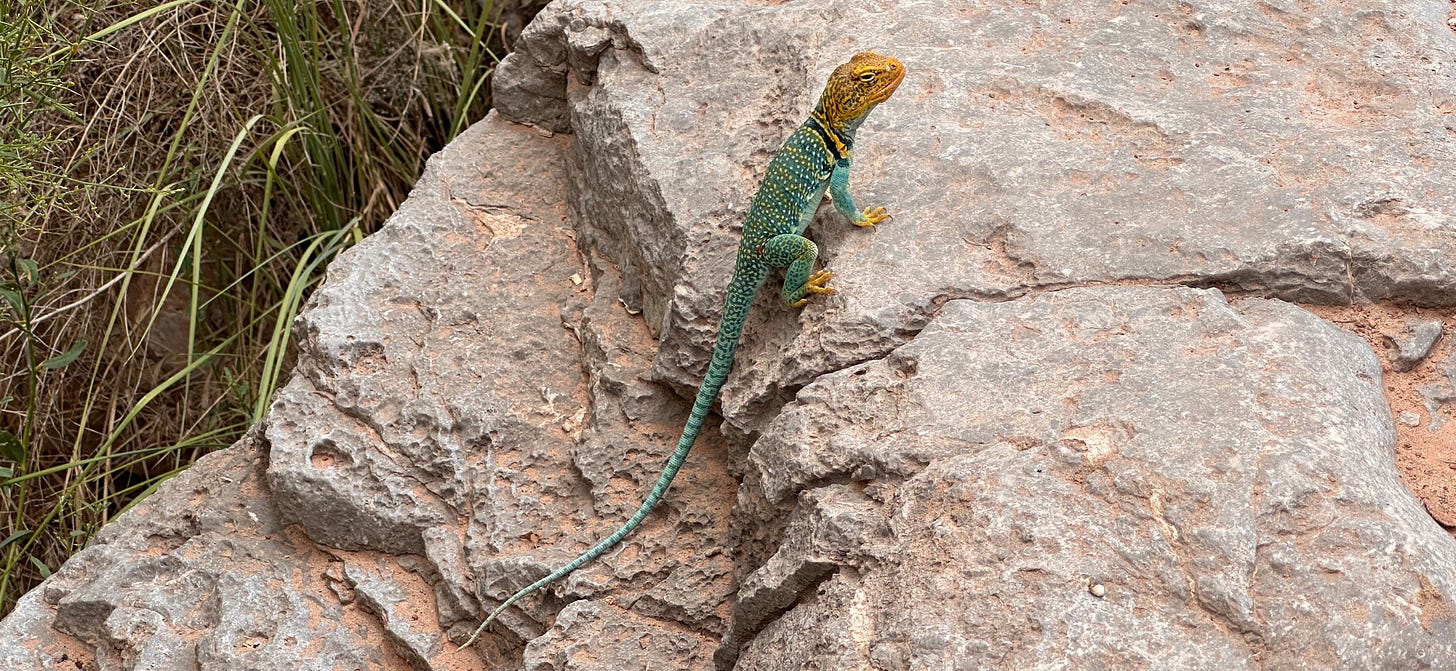
Can we get a link for that YouTube interview? How does one find out about things like that river trip? it sounds like an incredible experience!
That piece on phenology was neat. Did I misread, or is the insane heat good/bearable for hummingbirds and some pollinators? I get the lizards enjoying the heat, but I gotta admit I'm cheering more for the cuter, winged guys that help plants.